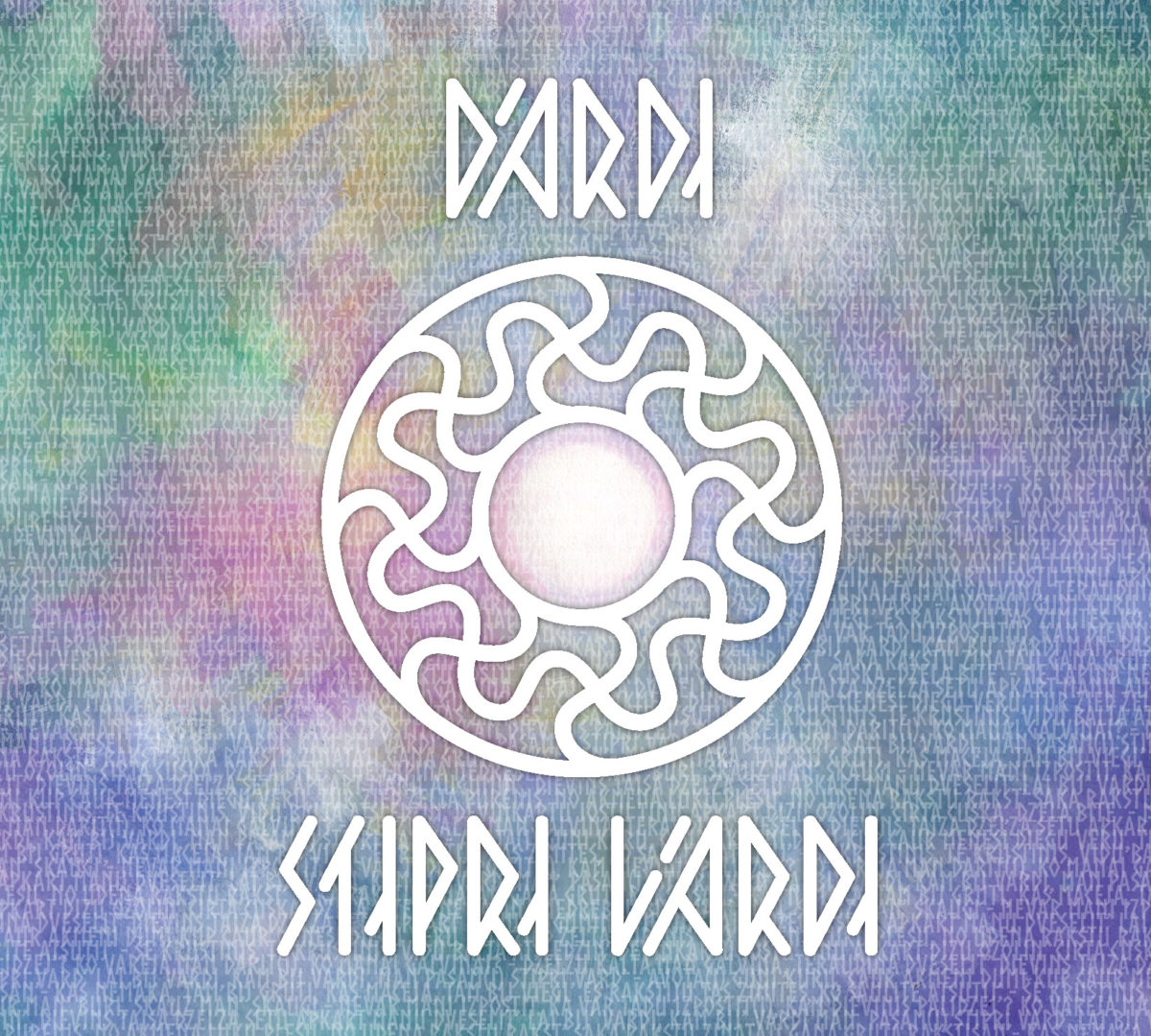The Latvian ethno-pop ensemble Tautumeitas, who provide modern arrangements and presentations of Latvian folk songs, all the while singing in a traditional Latvian style, have quickly become one of the most popular groups in Latvia. With their distinctive and powerful singing and harmonies, and songs focusing on the mystical and feminine elements of Latvian folk songs and folklore, the six women of Tautumeitas seamlessly meld modern and traditional elements.
Still, even with all the modern elements and sounds, the foundation for the group’s music are ancient Latvian folk songs, and, on their 2020 release Dziesmas no Aulejas, the ensemble chose to present Latgalian folk songs in a fully traditional manner, eschewing all modern elements, and even instruments – all the songs feature only vocals.
The idea for this project came from group leader, Asnate Rancāne. Rancāne was performing research as part of her bachelor’s thesis, “Stylistics of Seasonal Bolsi from Auleja”, where she studied the archaic singing style known as bolsi that is from the small village of Auleja in Latgale, in the eastern part of Latvia. The word bolsi (from the Latgalian, the corresponding Latvian word would be balsis), means not just ‘voices’, but also indicates a certain type of song. For example, songs about work are called tolkas bolss, or mowing hay – sīna bolss, among many others.
These songs have been sung in Auleja for many years, and there is a women’s ensemble – Aulejas sievas – that was founded in 1940, and three generations of singers have been members of the group and who kept these songs and this particular singing style alive. Marija Vasiļevska, a long time member of the group, was extensively interviewed by Rancāne for her thesis.
The bolsi songs are also related to different seasons – the celebration of the spring season is heard in ‘Pavasars / Pavasara bolss’, a joyous ode to the rebirth and growth in the spring, as well as the work that begins in the spring. The soaring voices of Tautumeitas brings a particular vitality and energy to this performance of the song. Midsummer is heralded in ‘Lobs vokorsi, Juoņa tāvs / Juoņu laika bolss’, a song about the approaching Jāņi celebration.
Dziesmas no Aulejas also allows listeners to hear songs on other Tautumeitas albums in their ‘original’ form, such as the complex, almost percussive rhythms of ‘Aiz azara’, which is just as powerful with just vocals, as it was with instrumentation, as recorded on their debut album. ‘Dīzgon borgais rudiņs nuoca’, a song about the approaching autumn and winter, was the foundation for the song ‘Aulejas klezmers’, on their album recorded with drum and bagpipe ensemble Auļi, which was a more rapid, almost frantic, version of this song.
The songs have somber moments, such as the reflective ‘Ūguos guoju, ūdzeņuosi / Ūgu bolss’, but there are moments of levity, such as the ode to a drunkard, ‘Brosnej, puika, tū dzeršonu!’
The CD booklet, entirely in English, provides fascinating details about Rancāne’s research and the style of the Auleja bolsis, as well as the history of the Aulejas sievas ensemble. There are notes about the importance of ornamentation in the singing style, as well as how the singers add extra vowels to change single syllable words to two syllable words. There are several historical photographs, and stories about the folklore expeditions to the area to make a record of these songs. Still, one would have liked more information about the songs themselves – if not the lyrics (and translation), then a few words on what the song is about (listeners without knowledge of Latvian or Latgalian will likely not understand what the songs are about).
Dziesmas no Aulejas, even though it just contains vocal performances, confirms the strength of the voices of the singers of Tautumeitas. These authentic interpretations of songs from the village of Auleja reveal the power and richness of the bolss singing tradition, one that has been kept alive by generations of women from Auleja, and are now renewed again by the women of Tautumeitas.
For further information, please visit the Tautumeitas website.\
Dziesmas no Aulejas
Tautumeitas
SKU TM CD 001, 2020
Track listing:
- Anņeite
- Dīzgon borgais rudiņs nuoca
- Ar gūdeni dzīdit, meitys!
- Pavasars / Pavasara bolss
- Ūguos guoju, ūdzeņuosi / Ūgu bolss
- Tymsā mani tautys vede
- Kur, Jumeiti tu gulieji? / Juma bolss
- Lobs vokorsi, Juoņa tāvs / Juoņu laika bolss
- Klusit bārni vuornis krāc
- Kam, māmeņa, maņ auklēji?
- Ūsi, ūsi, kod lopuosi? / Lopu bolss
- Ūzals, ūzals, bārzsi, bārzsi
- Aiz azara
- As bej’ lela dzīduotuoja / Tolkas bolss
- Brosnej, puika, tū dzeršonu!
- Zaļā suodiņā




